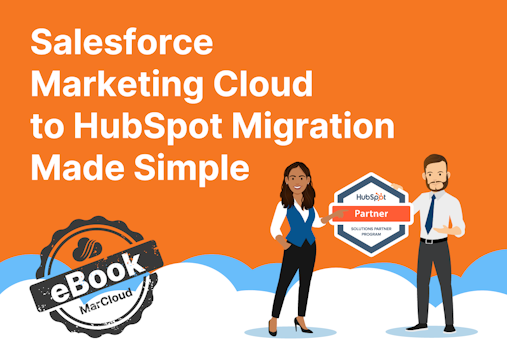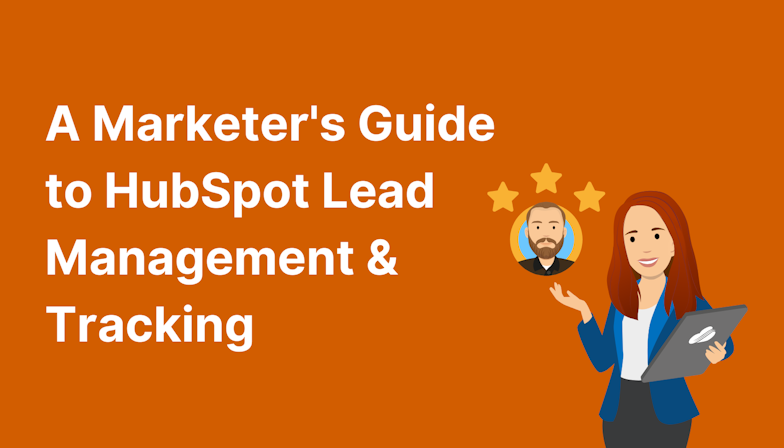A HubSpot integration partner plays a bigger role than many teams realise. Yes, they connect platforms, but a good partner looks beyond the mechanics and focuses on how the setup will serve your marketing and sales teams. Their job is to make sure your systems work together reliably and predictably, with minimal manual input required from your team.
Beyond the technical build, a strong partner anticipates problems you haven’t yet encountered. They ask probing questions about your lifecycle stages, lead ownership, segmentation logic, and reporting expectations. They want to understand how you currently measure campaign success, where your pain points are, and what “good” looks like for your leadership team. This context shapes how they design the integration, so your setup is both functional and genuinely supportive.
System assessment
A thorough system assessment helps the partner understand exactly what they’re working with. This includes mapping out your CRM objects, workflows, custom fields, automation rules, and data sources.
If your team relies heavily on Salesforce reporting, they’ll want to see how deals are created, updated, and attributed. This gives them the insight needed to create a HubSpot connection that complements your existing structure, without accidentally overwriting or complicating it.
The best partners don’t rush this step. They’re not trying to impress you with speed; they’re trying to protect you from long-term issues that stem from missing context. A rushed assessment tends to lead to incorrect assumptions and, later, rework.
Data mapping & integration setup
Data mapping is where everything starts to take shape. Here, the HubSpot partner translates your fields, objects, and logic into a structure that works on both sides of the integration. For Salesforce users, this step is particularly important because the data model in Salesforce often differs from HubSpot’s. Getting this mapping wrong affects everything from simple lists to revenue dashboards.
A good partner will walk you through the proposed mapping and explain why certain choices matter. They’ll be clear about where data originates, where it is mastered, and how conflicts are resolved. They’ll also highlight areas where the two systems behave differently, so you’re not surprised later.
Workflow & automation alignment
Workflow alignment is essential to keeping your automations consistent and predictable. When one system updates a field that triggers an automation in the other, things can go wrong quickly. A strong partner reviews your existing workflows across both platforms and uncovers anything that could conflict or cause errors.
They’ll help you clean up any outdated or overlapping logic before the integration goes live. This prevents the all-too-common situation where both systems are trying to “own” lifecycle stages or lead status. A smooth HubSpot-to-Salesforce integration needs clarity on who controls what, and when.
Testing & quality assurance
Thorough testing is non-negotiable. This includes testing fields, workflows, sync rules, permissions, and more. The goal is to mimic real-world usage as closely as possible. Your partner should provide a testing plan that shows what will be reviewed, how results will be validated, and what success looks like.
Rushing or skipping testing is where integrations fail. Issues that might seem small, like a field mapping not pushing both ways, can snowball into lost data or incorrect lead assignment. A partner who takes testing seriously is signalling that they care about long-term reliability, not just launch day.
Ongoing support & optimisation
Once the integration is live, the work doesn’t end. Systems evolve, teams change processes, and new features are released. A good partner supports you through these changes so you’re not left trying to diagnose issues alone. They can help refine workflows, adjust mapping, and maintain the data structure as your business grows.
This ongoing involvement prevents the slow drift that happens when no one is actively maintaining the integration. Over time, HubSpot support often becomes just as valuable as the initial build itself.







